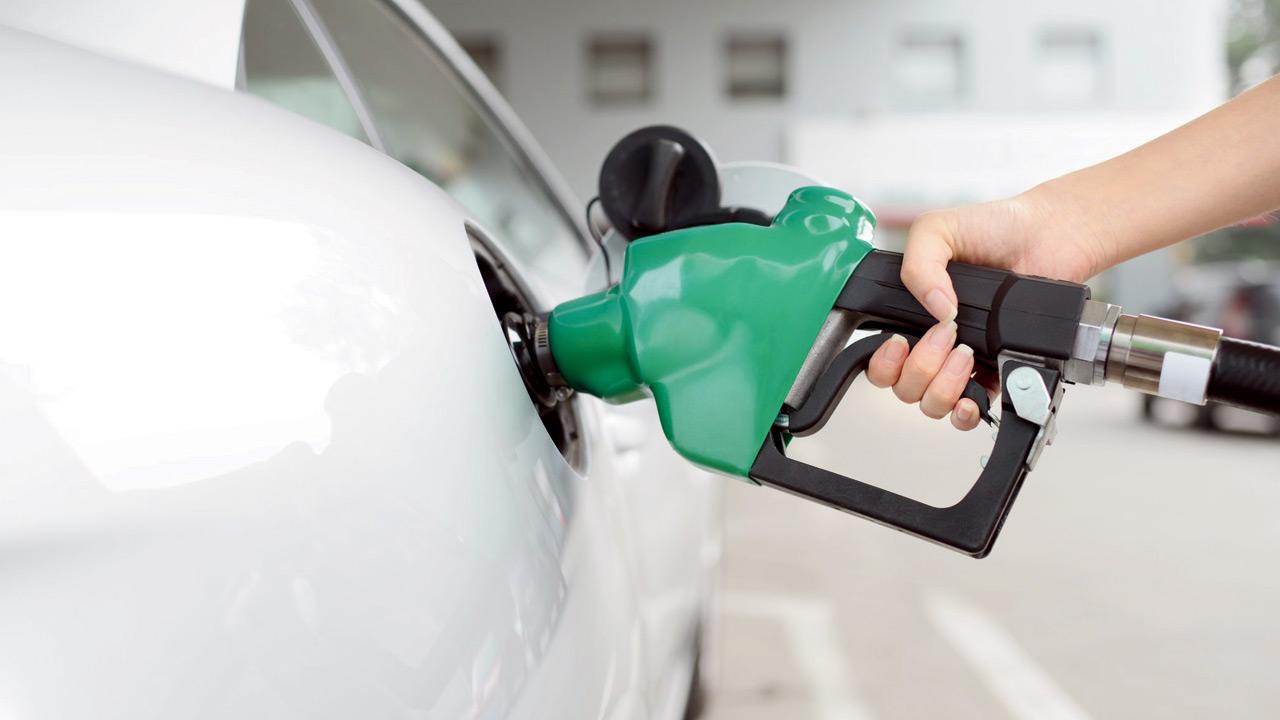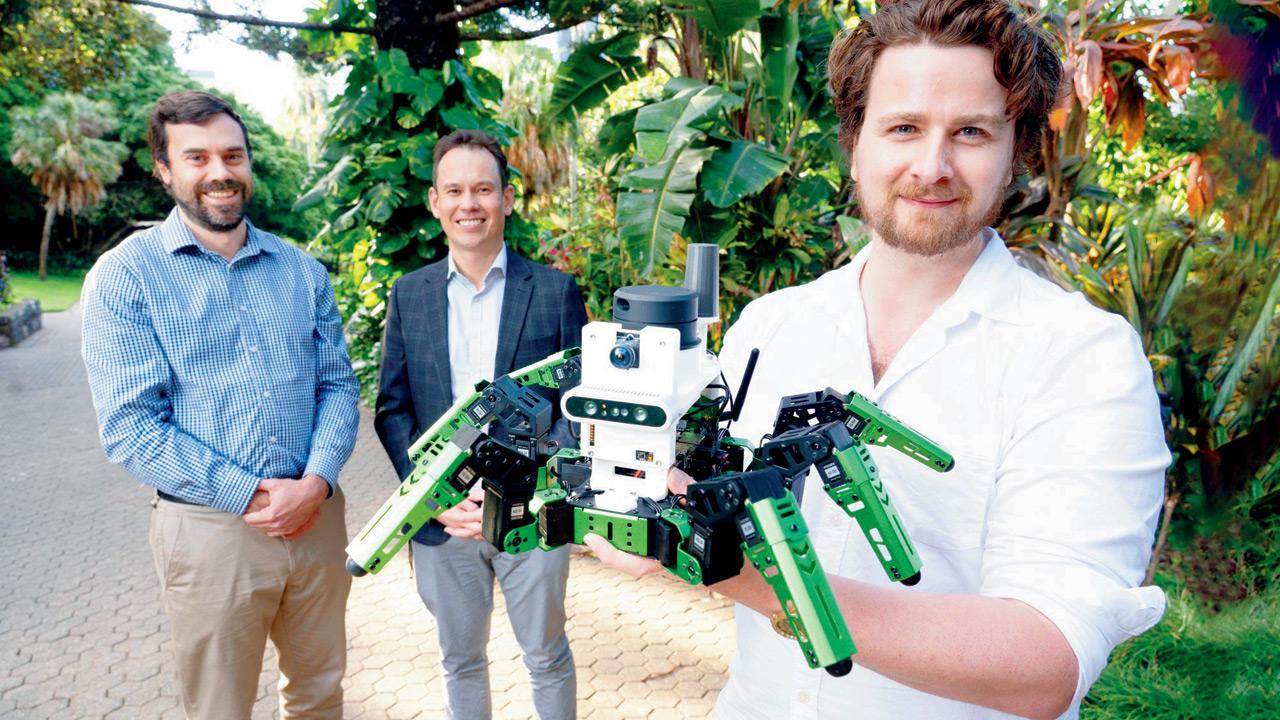It’s a promising step toward making carbon-to-fuel conversion more stable, scalable, and commercially viable, offering new hope in the fight against climate change

Representational pic
Scientists at Rice University have developed a simple, low-cost breakthrough that could make carbon capture more practical: Bubbling CO through acid instead of water. This tweak prevents salt buildup, a common problem that clogs electrochemical reactors used for converting CO into fuels, such as carbon monoxide and alcohols. Using acid vapours such as hydrochloric or acetic acid keeps the system running over 50 times longer, exceeding 4500 hours in tests. The method is effective across various catalysts and scales, without compromising membrane integrity or reducing performance. It’s a promising step toward making carbon-to-fuel conversion more stable, scalable, and commercially viable, offering new hope in the fight against climate change.
Australian scientists build brain-inspired robot
Researchers at the Queensland University of Technology have developed a new robot navigation system that operates like the human brain and uses up to 99 per cent less energy than traditional methods. The system, called LENS (Locational Encoding with Neuromorphic Systems), helps robots determine their location using a unique combination of a motion-sensitive camera and a low-power chip. Instead of taking full pictures, the camera reacts only to movement, much like our eyes do.

Dr Tobias Fischer, Professor Michael Milford. Dr Adam Hines, holds his ‘green’ robot. Pic/QUT
The system enables small robots to travel farther on limited battery power, making it ideal for challenging environments such as disaster zones, underwater missions, or space exploration. In tests, the robot could recognise locations over an 8km route using just 180KB of data, almost 300 times less than regular systems. Scientists say this new tech could lead to smarter, longer-lasting, and more efficient robots in the near future.
 Subscribe today by clicking the link and stay updated with the latest news!" Click here!
Subscribe today by clicking the link and stay updated with the latest news!" Click here!










